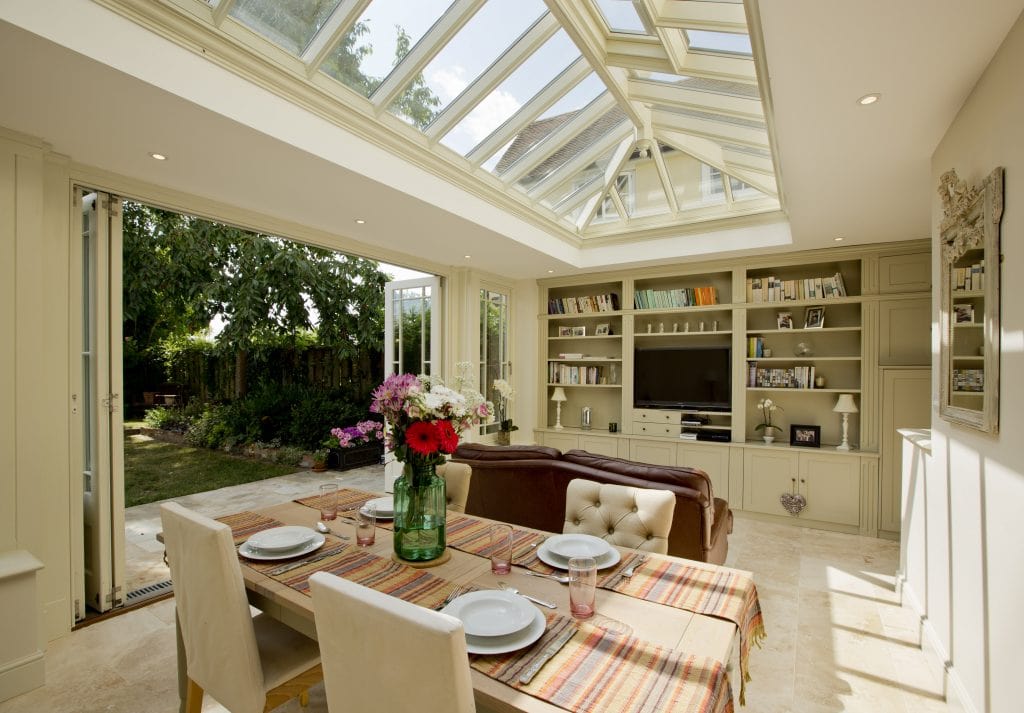How often do you think about the influence of your interior design on your feelings? There is a saying that well-designed homes are like comfortable shoes: you wear the shoes for as long as you want without even realizing you have them. On the other hand, wrong shoes remind you of your bad decision with every step. The same thing happens with your home.
You are free to choose your own furniture and arrange it according to your wishes, but this does not guarantee a perfect interior design.
 Image source: Olga Adler
Image source: Olga Adler
It is an art and a science to make a place functional and attractive at the same time: it requires exquisite taste and careful calculations, as well as a series of obligatory attempts, before arriving at the right setup.
Creating a better flow in your home is difficult, but it has a fun side that will make people persist in trying to make it happen. This is like:
dining room
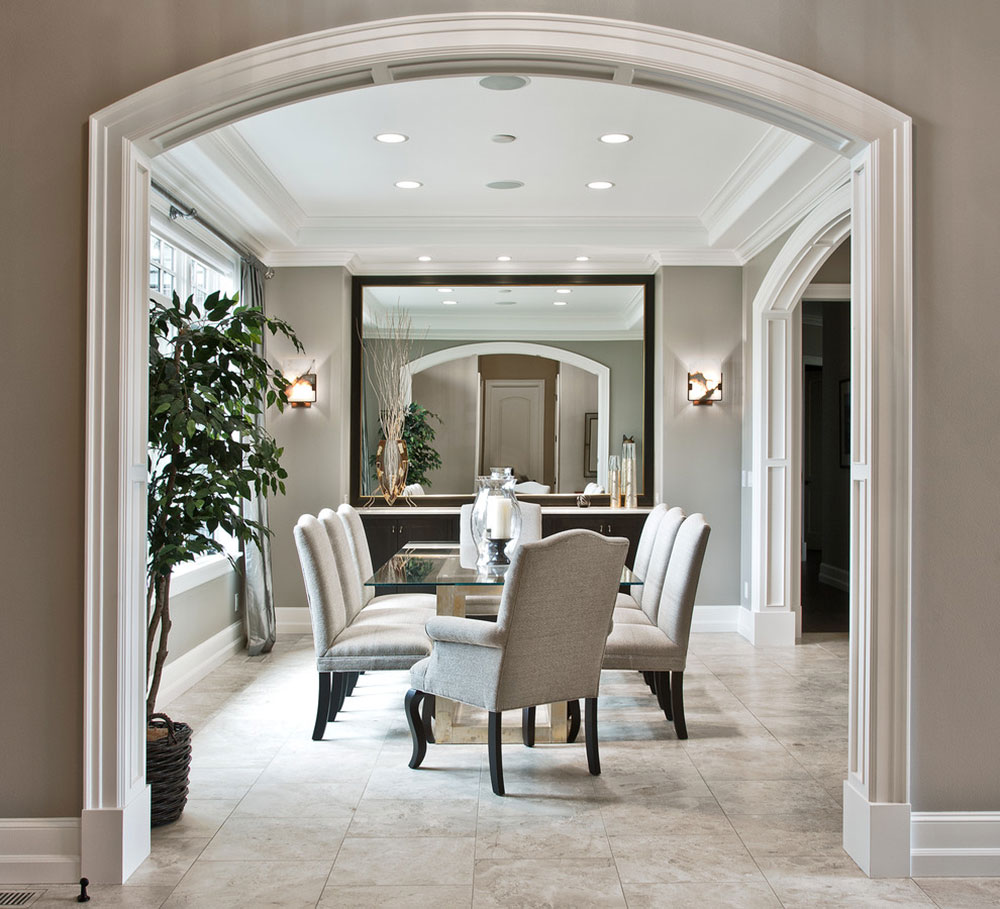 Image source: DESIGN GUILD HOMES
Image source: DESIGN GUILD HOMES
A house that doesn’t have a good dining room flow has no good flow at all. At the end of the day, family and friends meet in the dining rooms to share pleasant moments. Hence, this should be a reflection of how you want people to feel in your home.
Make it comfortable! Think about the size and design the appropriate layers. You must do this before choosing any furniture.
Don’t pile it up and don’t overdo it! Adequate circulation space must be kept free, especially around the dining table (91 cm distance between the chairs and the wall and 122 cm between the table and the main entrance).
This way you make sure people don’t bump into each other when they get up and have enough space to go outside without disturbing the rest of the guests.
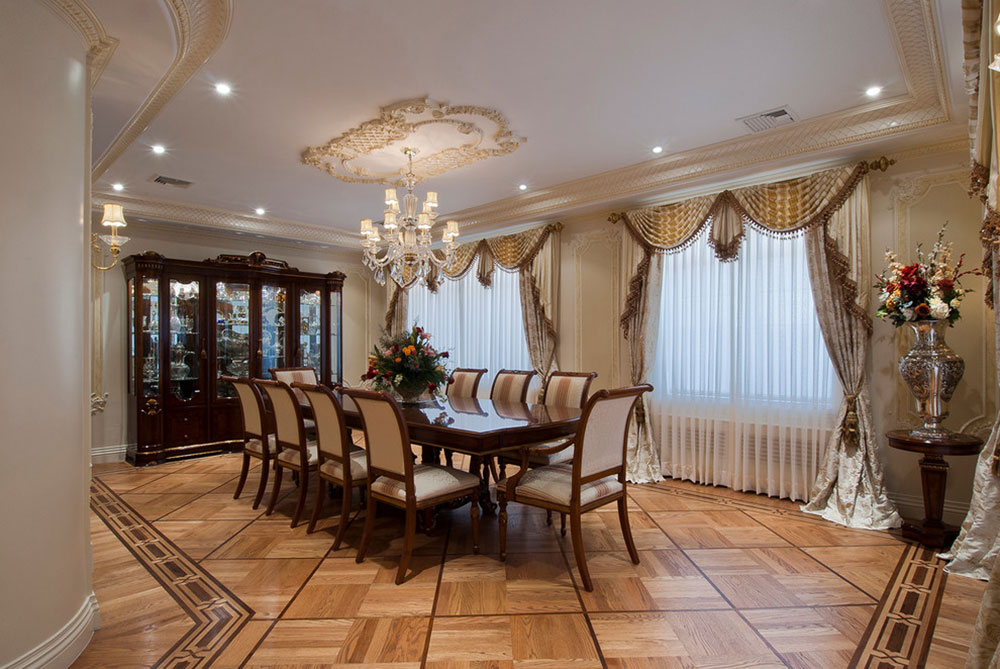 Image source: Interior design on site
Image source: Interior design on site
Of course, not every dining room can afford that much space, and this is where pull-out tables, comfortable benches, or even smaller chairs come into play.
Overall, it is a matter of only “squeezing” objects that can be “squeezed”, because this is the only way to ensure better circulation in the dining room.
Don’t forget the comfort of your guests – plan the number of chairs depending on the table surface and give each guest at least 30 cm of dining area. The generally accepted rule is that guests are uncomfortable if they don’t have space to put their forks or if they have to “scratch” each other to get up.
bedroom
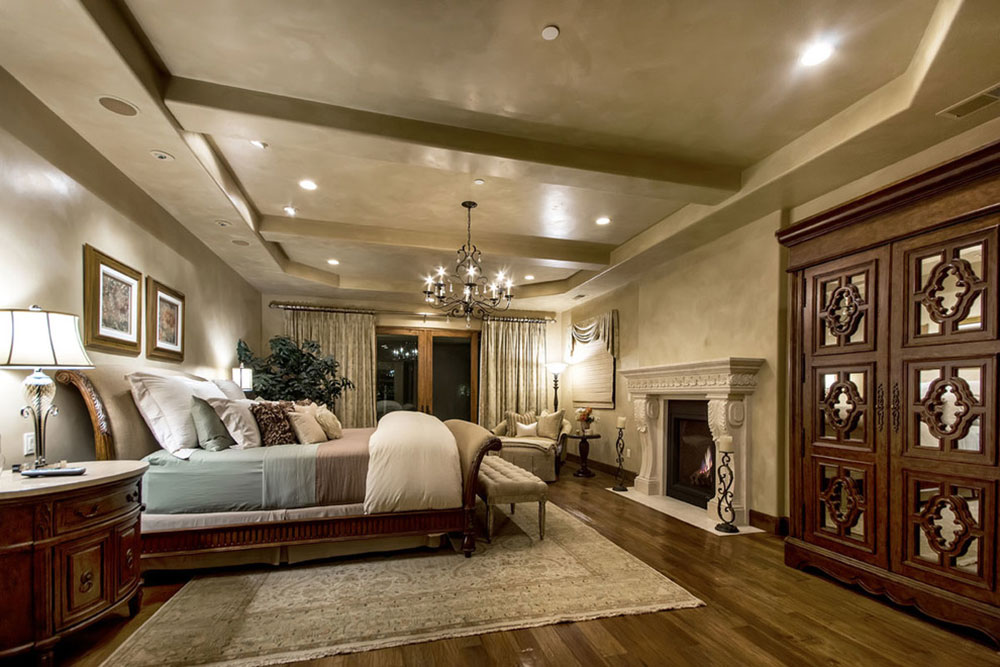 Image source: Stotler Design Group
Image source: Stotler Design Group
Don’t glue your bed to the wall even if you don’t have enough space to put all your ideas through. The minimum clearance between the bed and the wall is 24 inches, with a minimum of 36 inches from the edge of the bed to the door. This is what you need to get out of bed unhindered.
If you really need to save space, display them on shelves and buy multipurpose items (such as under bed drawers). The fewer objects that are visible, the better the flow!
living room
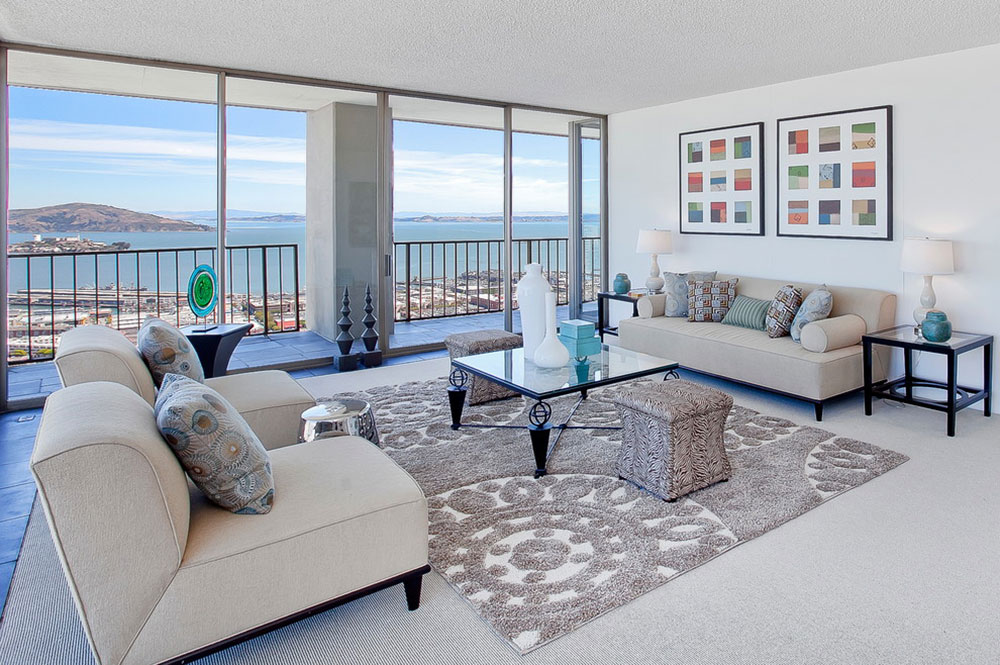 Image source: Stage struck
Image source: Stage struck
The first thing to think about when entering a living room with good flow is that the space is clear and clean.
Achieving this is kind of intuitive because nobody expects the door to be behind the couch or a plant to be in the middle of the room.
There are few unwritten rules that you know by default that are important for a room to look pleasant and inviting.
Tight living rooms are designed for cute, rounded coffee tables that ensure positive flow without taking up too much space.
They facilitate movement not only because of their size, but also due to the lack of sharp edges that can interfere with free movement.
 Image source: Sutton Suzuki Architects
Image source: Sutton Suzuki Architects
If rounded coffee tables aren’t your cup of tea, you can always go for unusual shapes that don’t have sharp corners.
It is important to have at least 3 feet of walking space in the living room. Of course, it depends on how much space you have available, but it’s a good guideline to make sure people don’t trip or hit objects while they’re moving.
If you have cabinets with doors or drawers, leave enough space in front of you.
A “must-compliance” rule is to keep furniture edges away from the walls. For example, a sofa should stand at least 12 inches from a wall as it makes it look more comfortable and inviting, and it removes the awkwardness of having a large, empty space in the middle of the room.
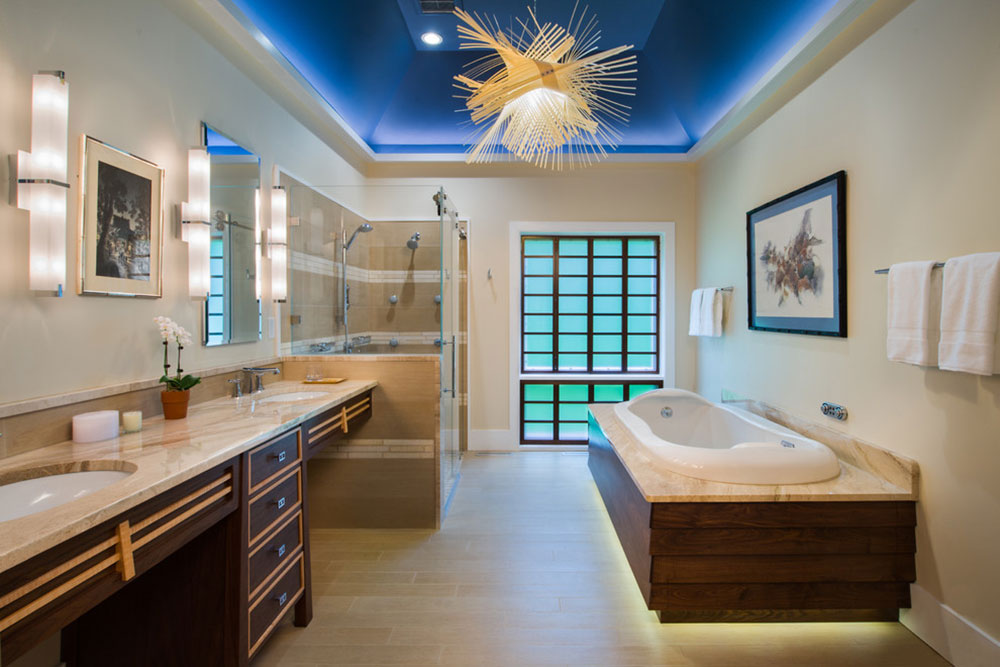 Image source: Jay Vanos Architects
Image source: Jay Vanos Architects
Sofas and chairs need to be 48 “- 100” apart or whatever you think is better for your family’s needs. You can also opt for less space than recommended if you think it will make the atmosphere more intimate.
Another thing to consider is the relationship between carpets and furniture legs. If an area is carpeted, the legs should rest entirely on or off it.
Wiggling is not a good idea. Positioning carpets is also important, and you should avoid putting them in with their cores crossing major walkways. Here’s how you tell people where to go.
bathroom
 Image source: Douglas R. Schotland Architect
Image source: Douglas R. Schotland Architect
You wouldn’t believe all of the tricks that can help transform a tight bathroom into a spacious space. Sometimes it is enough to replace swing doors with pocket doors to create plenty of space for movement and navigation.
For example, if the width is five feet, there is just enough room to squeeze a 3-60 inch pipe and toilet. In this case, we recommend replacing the shower doors with thin panes of glass to create space without impairing the necessary freedom of movement.
Kitchens
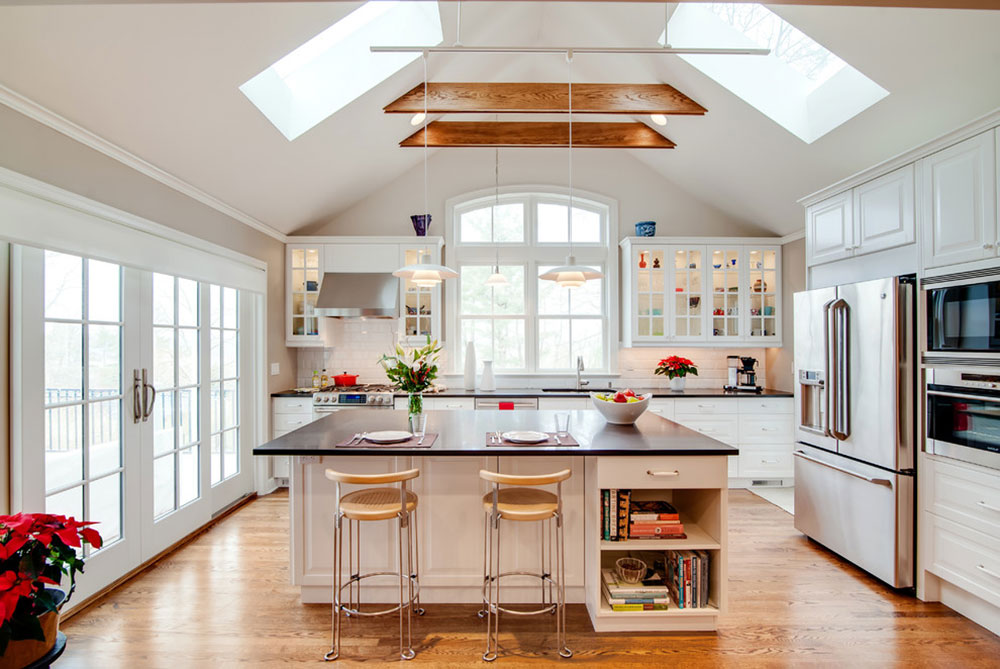 Image source: Sunrise Building & Remodeling Inc.
Image source: Sunrise Building & Remodeling Inc.
The most important element in enhancing the flow of your kitchen is the island. It’s the focal point for making and drinking morning coffee, but also invaluable for keeping utensils.
Modern islands are so well designed that they can easily become the focal point of your home: instead of a simple countertop, you get a prep sink, bespoke dishwasher, cookbook shelf, and a couple of cute wine drawers.
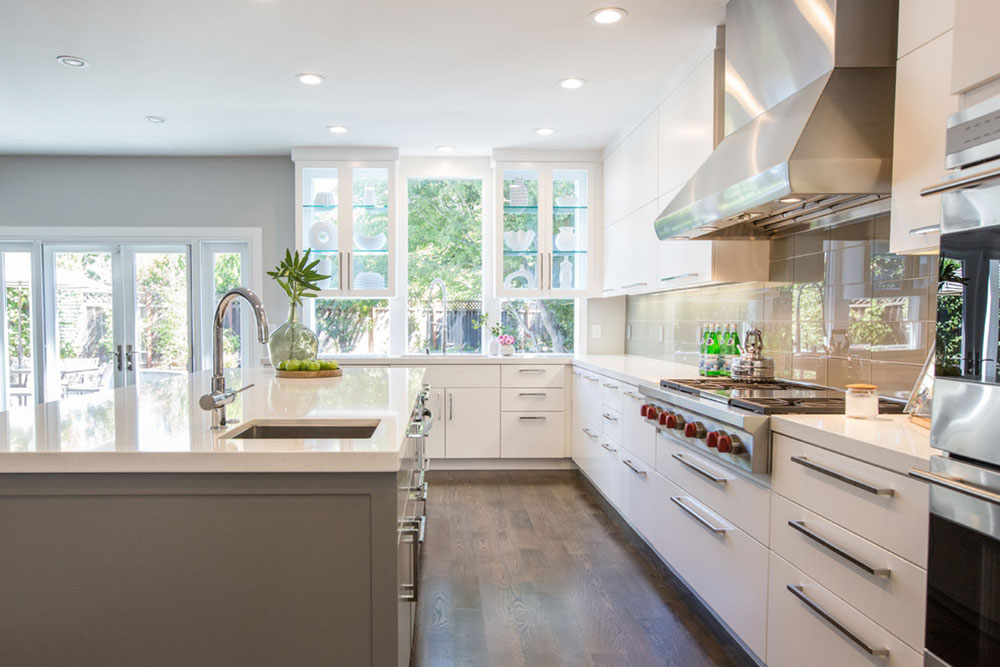 Image source: Young and Borlik Architects, inc.
Image source: Young and Borlik Architects, inc.
Voila, nothing else in the kitchen! Don’t forget, however, that the grandeur of an island is worth nothing without the mandatory 42-inch movement space around it.
When discussing the optimal flow of a kitchen, we need to consider the circulation space between the dining table and the seating on the island. You need to make sure that the two areas are not an obstacle to each other and that they can be used simultaneously if necessary.
Home offices
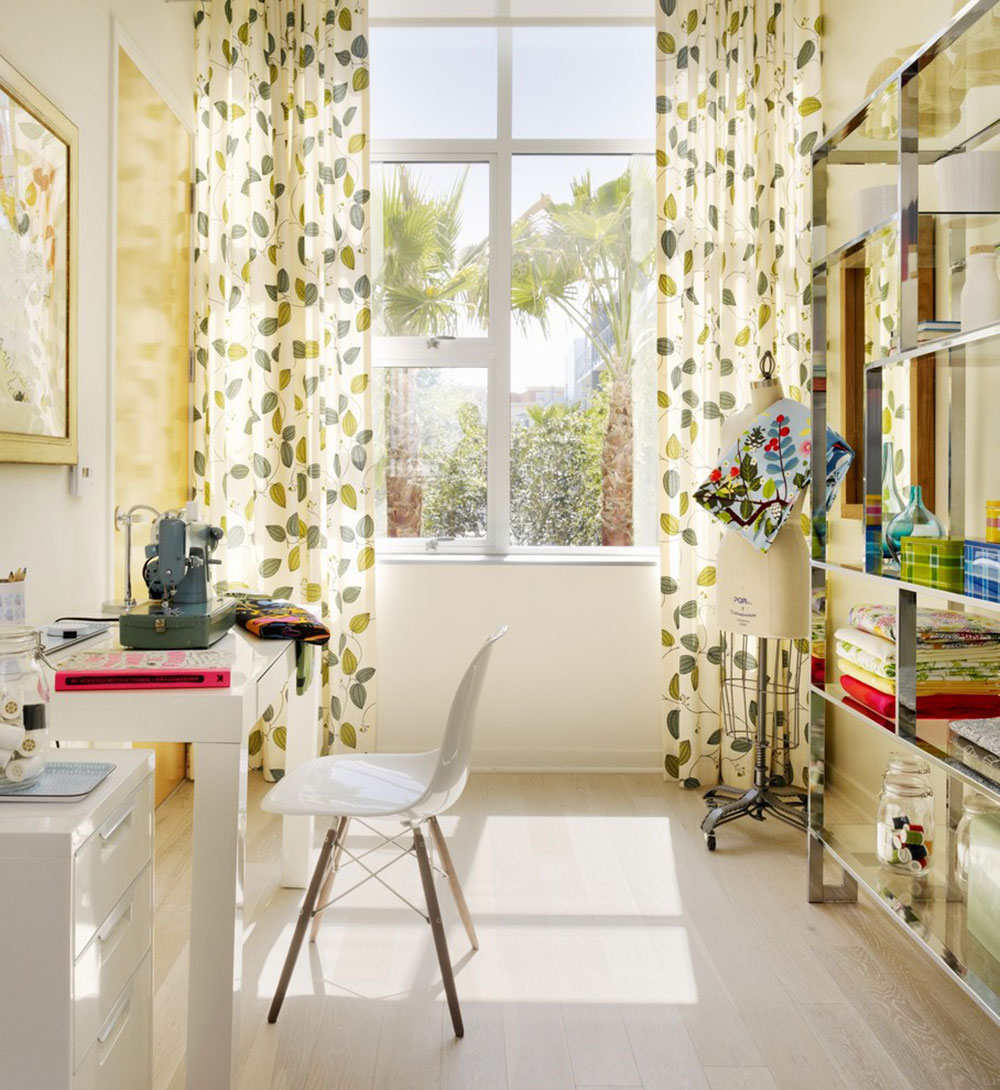 Image source: Built-in
Image source: Built-in
The best piece for a home office is a large L-shaped desk with a comfortable chair in the middle. The desk should logically be positioned in a corner and not in the middle of the room, where it could restrict movement.
Offices are usually small, so you need to use every inch as effectively as possible. A great way to do this is to choose smaller items, add visual length with lights or mirrors, or even choose multifunctional furniture.
There is one important clue to a good office that you may not have thought of before: the space to slide your chair off the desk! Even if you’re dealing with a cramped office, you need at least 107 cm of space so that you feel less trapped and overwhelmed by the huge desk.
Corridors
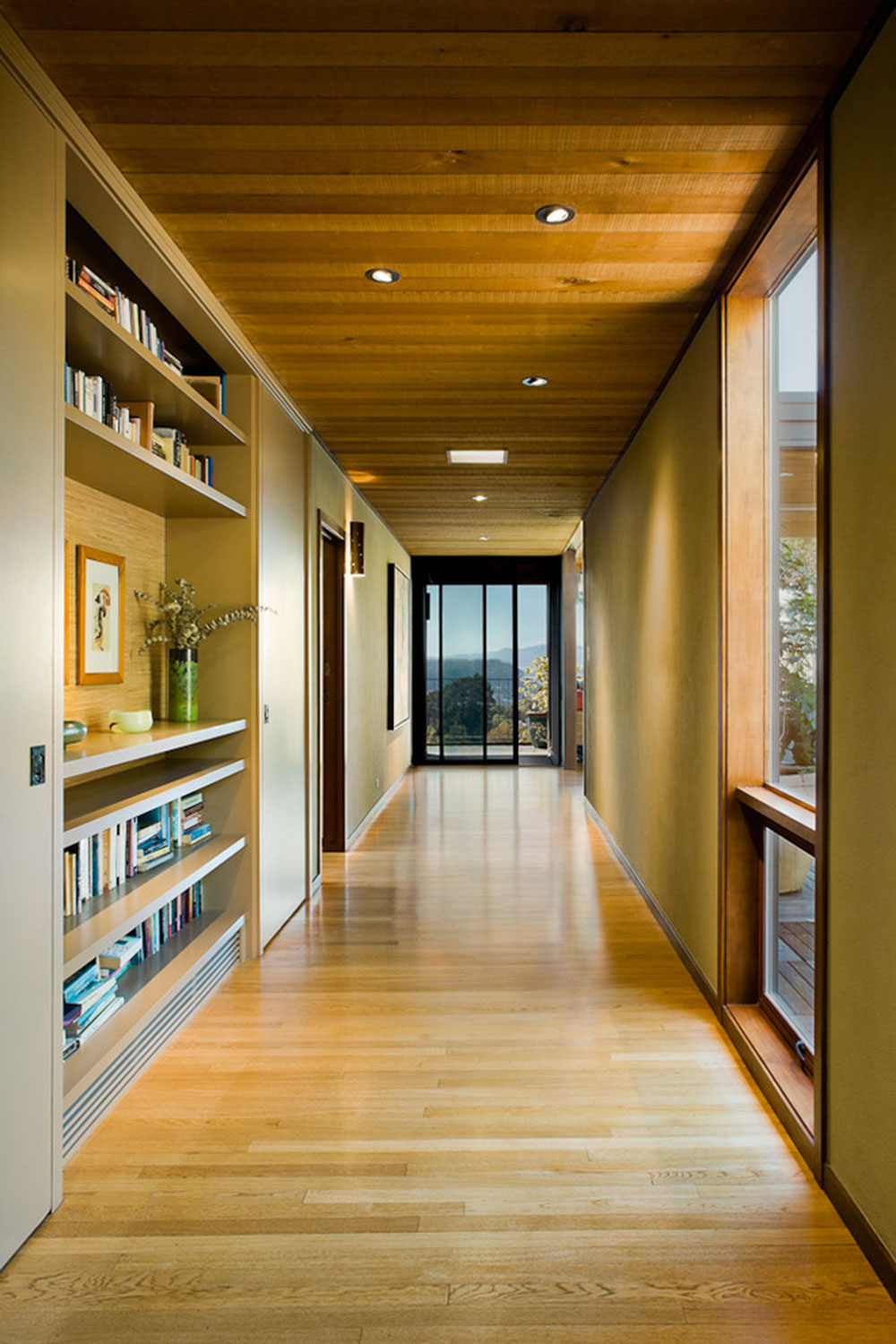 Image source: Koch Architects, Inc. Joanne Koch
Image source: Koch Architects, Inc. Joanne Koch
Hallways are a busy area and you need to make sure they can withstand the constant flow of people. For example, you can remove oversized objects and sharp edges so that people can move around easily even at night.
Proper lighting is crucial and is ideally introduced through curved parts adjacent to the wall. When it comes to accessories, choose only small items, preferably those that serve more than one purpose (e.g. a bench to store shoes on).
Unhindered currents are positive currents
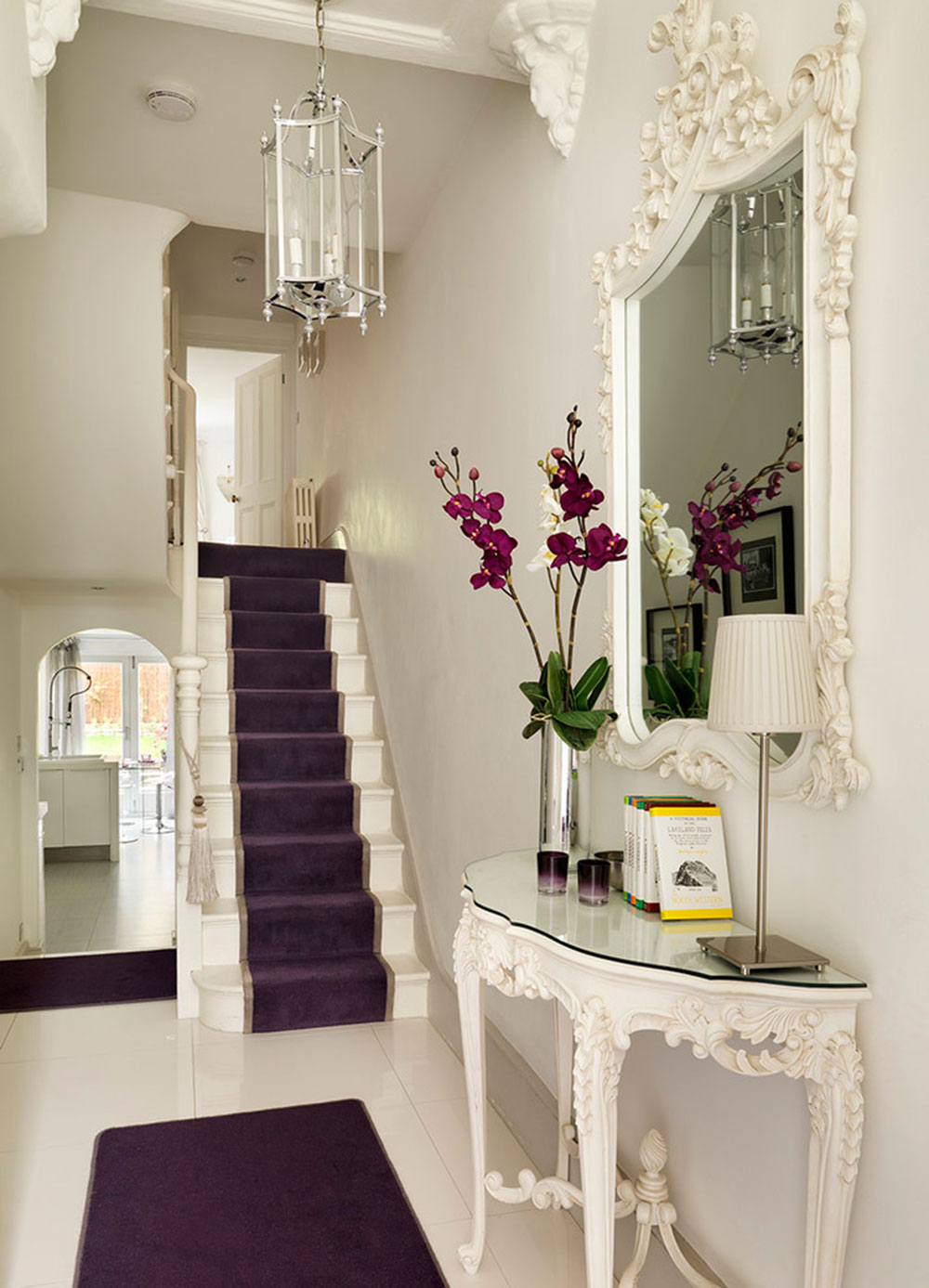 Image source: My bespoke room Ltd.
Image source: My bespoke room Ltd.
The better and less handicapped your home is, the better you will feel inside. You may not be aware of this, but over-the-top furniture, bold colors, and barriers negatively affect your mood, and getting rid of them is critical to creating a positive mood.
 Flower Love
Flower Love
